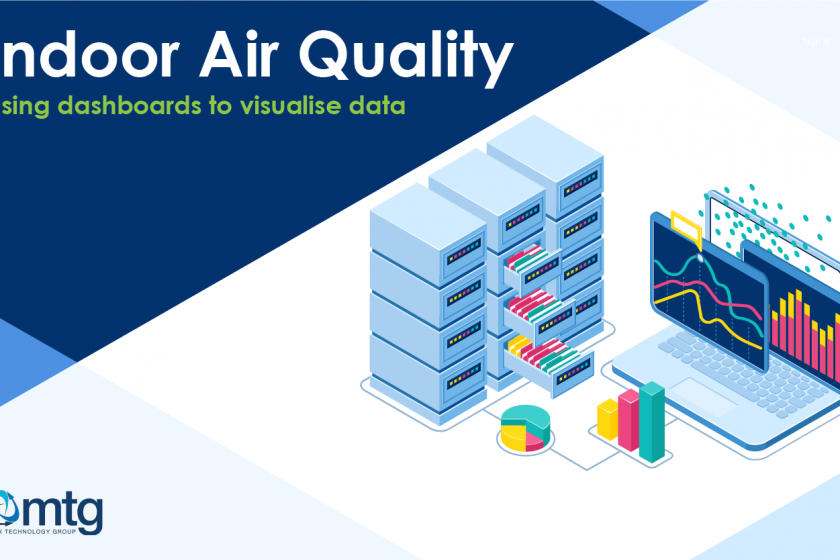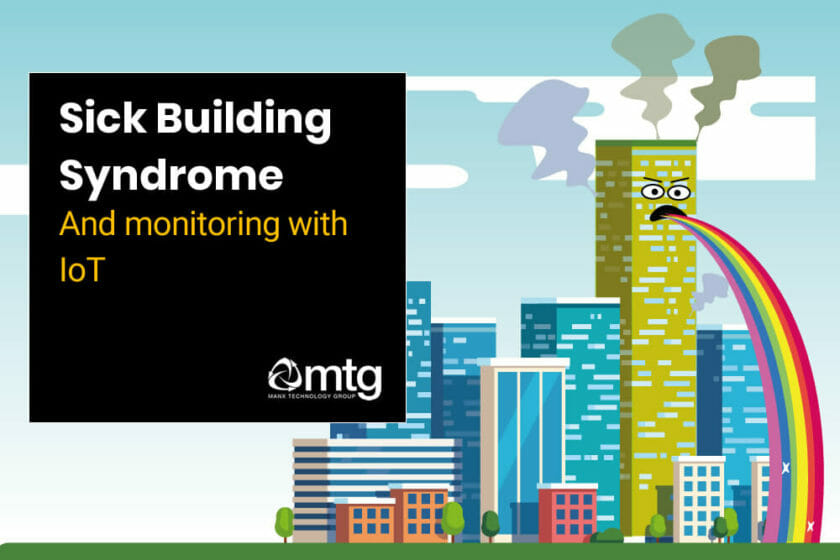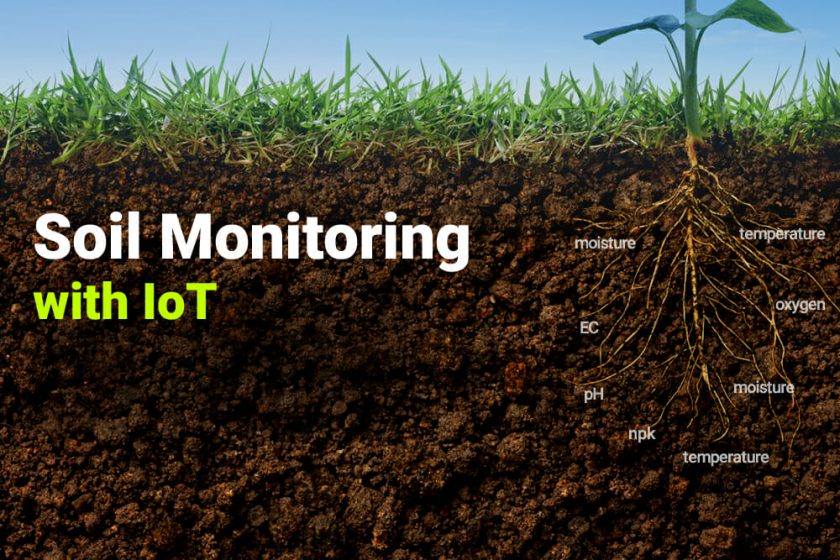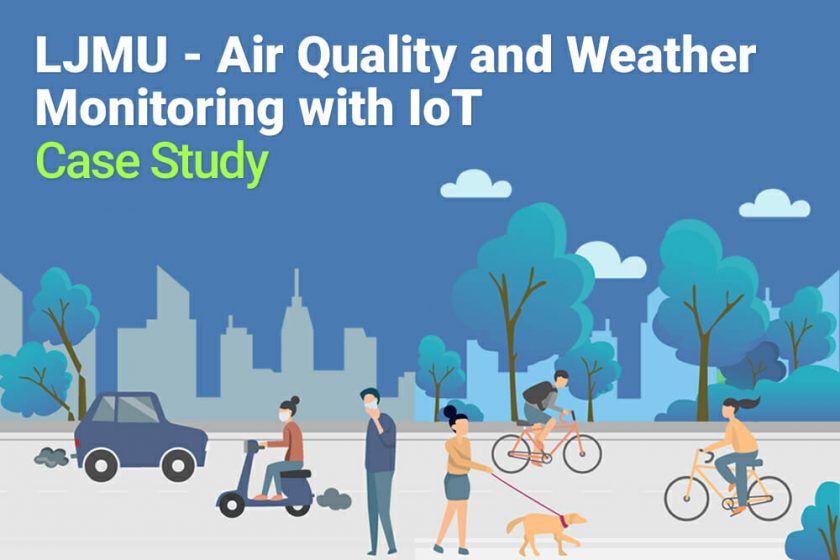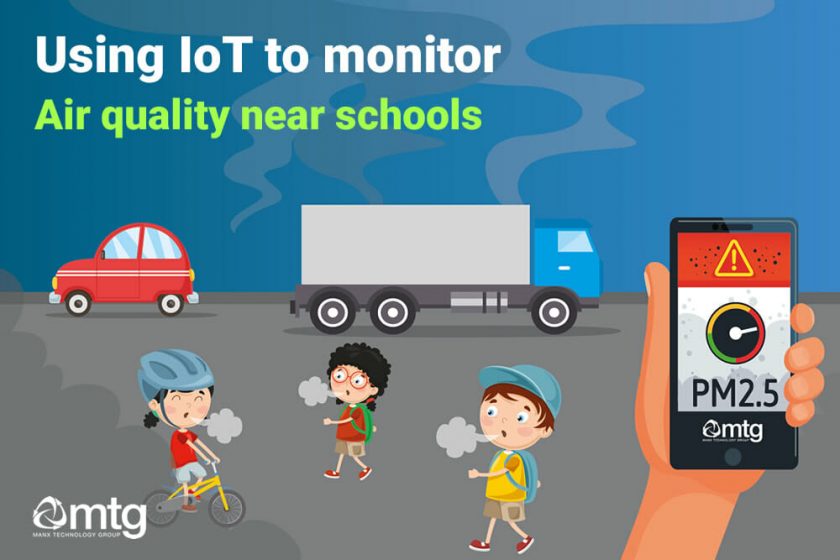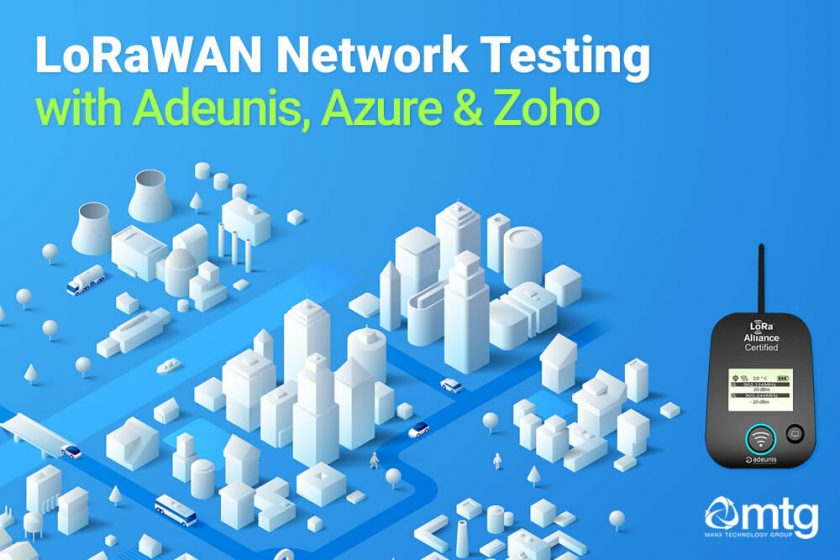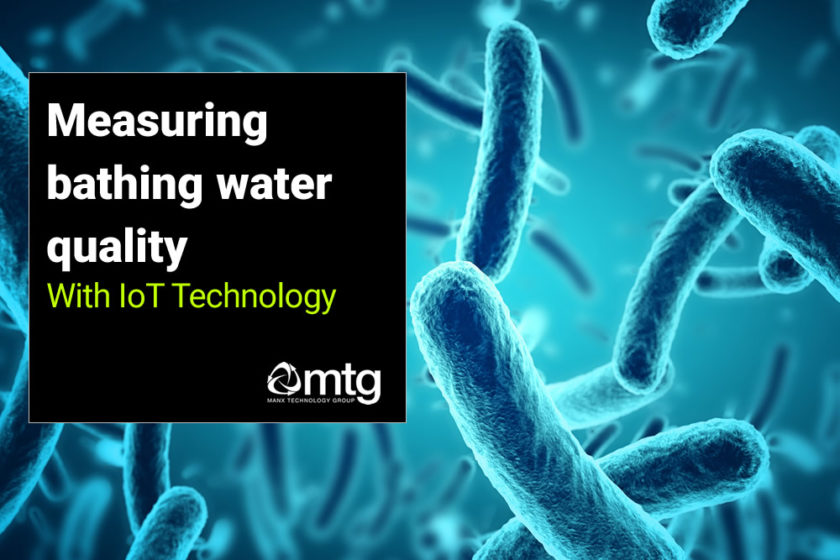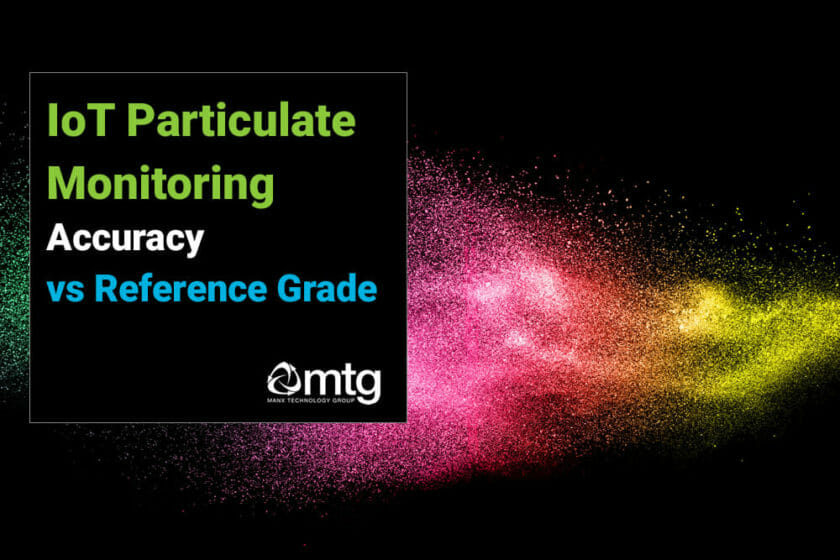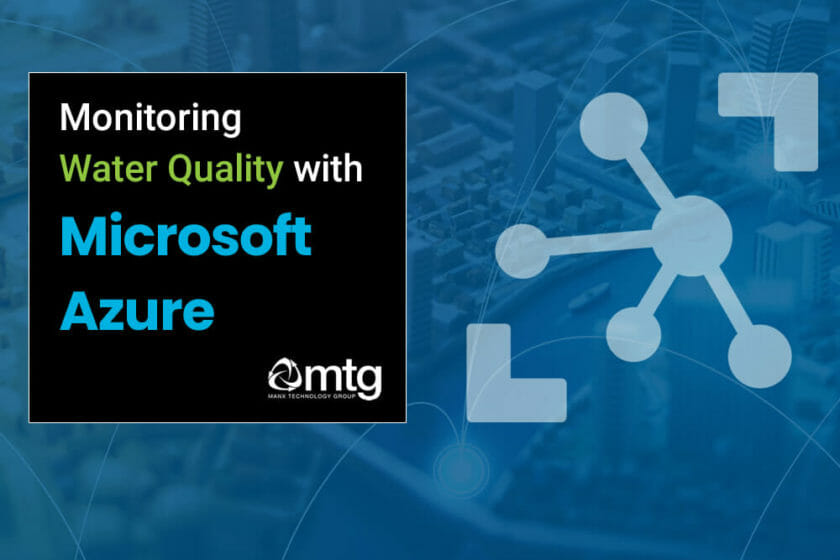Soil Monitoring with IoT uses technology to empower farmers and producers to maximise yield, reduce disease and optimise resources. IoT sensors can measure soil temperature, NPK, volumetric water content, photosynthetic radiation, soil water potential and soil oxygen levels. Data from the IoT sensors are then transmitted back to a central point (or the cloud) for analysis, visualisation and trend analysis.
The resultant data can then be used to optimise farming operations, identify trends and make subtle adjustments to conditions to maximise crop yield and quality. The use of IoT in agriculture is known as Smart Agriculture (or Smart Farming), and IoT is a central component of Precision Farming. Read more
